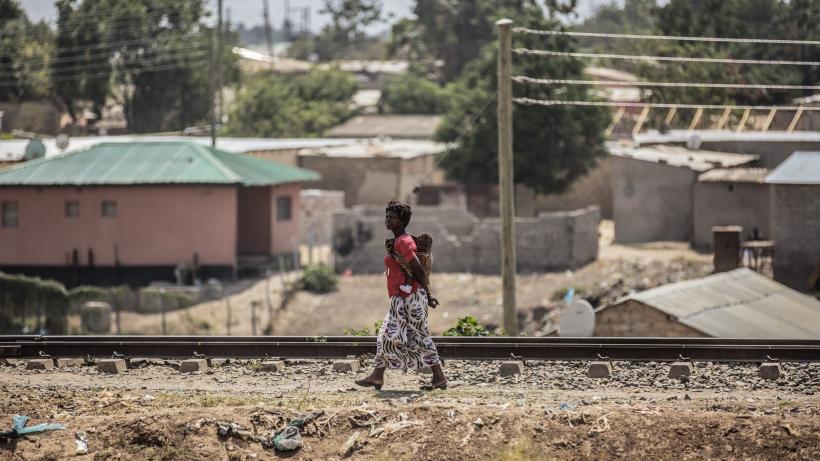
Informal settlements in Lusaka
-
Informal-settlements-in-Lusaka-web.pdf
PDF document • 5.82 MB
- Over the past two decades, the number of Lusaka’s residents living in highly dense informal settlements has nearly tripled to about 1.4 million as of 2020, which is nearly 62% of Lusaka’s current population.
- Approximately 38% of Lusaka’s land that is in residential use is informal. This is spread across the city’s 94 townships or compounds, with 22 of these townships having more than one-quarter of their land in informal or atomistic settlements.
- Lusaka’s informal settlements are denser than the surrounding townships, and have become more so over the years: in 2000, they had a density of 126 people per hectare. By 2020, this had increased to 148 people per hectare — significantly higher than the city-wide built-up density of 95 people per hectare.
- The cost of formal housing in Zambia is significant: the cheapest newly built formal house in Zambia is equal to about 25 years of salary for an average urban household.
- The government has taken action to improve the quality of life in some settlements, most notably through declaring some as ‘improvement areas’ where residents receive occupancy licences. However, more investments are needed, given the scale of the challenge. Cross-country evidence on the design and implementation of upgrading programmes can provide important inputs into future interventions.
- Equally critical are the structural issues that restrict formal housing supply in Lusaka, such as restrictive construction regulations and a lack of long-term land-use planning. Of particular value would be undertaking investments to prepare lands for urban expansion to accommodate anticipated future population growth, which is currently being housed in informal settlements. Secure, legally enforceable and marketable land rights underpin successful urban development.
This policy brief was developed as part of a partnership between IGC Cities that Work and the UN-Habitat. The authors are grateful to Mr Moonga Chilanga and Victoria Delbridge for their comments. The views expressed in this paper are those of the authors and do not necessarily reflect the views of the IGC or the UN-Habitat.




